Nokia Company: A Journey Through Time and Trust
If you’re someone who grew up in the 90s or early 2000s, you already know how big Nokia used to be. It wasn’t just a phone company. It was the phone company. Almost everyone I knew either had a Nokia or wanted one. I still remember my very first Nokia — it was a basic phone, but to me, it felt like I owned the world.
You could drop it, step on it by mistake, throw it into a bag full of stuff, and it would still survive. I’m not exaggerating when I say that these phones were unbreakable. And don’t even get me started on the battery. One full charge, and you were good for several days. That seems almost impossible now, when we’re charging our phones twice a day.
It wasn’t just a tool for calling and texting. A Nokia phone felt personal. You set your own ringtone, played Snake in your free time, and sent your first text to someone you liked. That experience has stuck with me — and with millions of others.
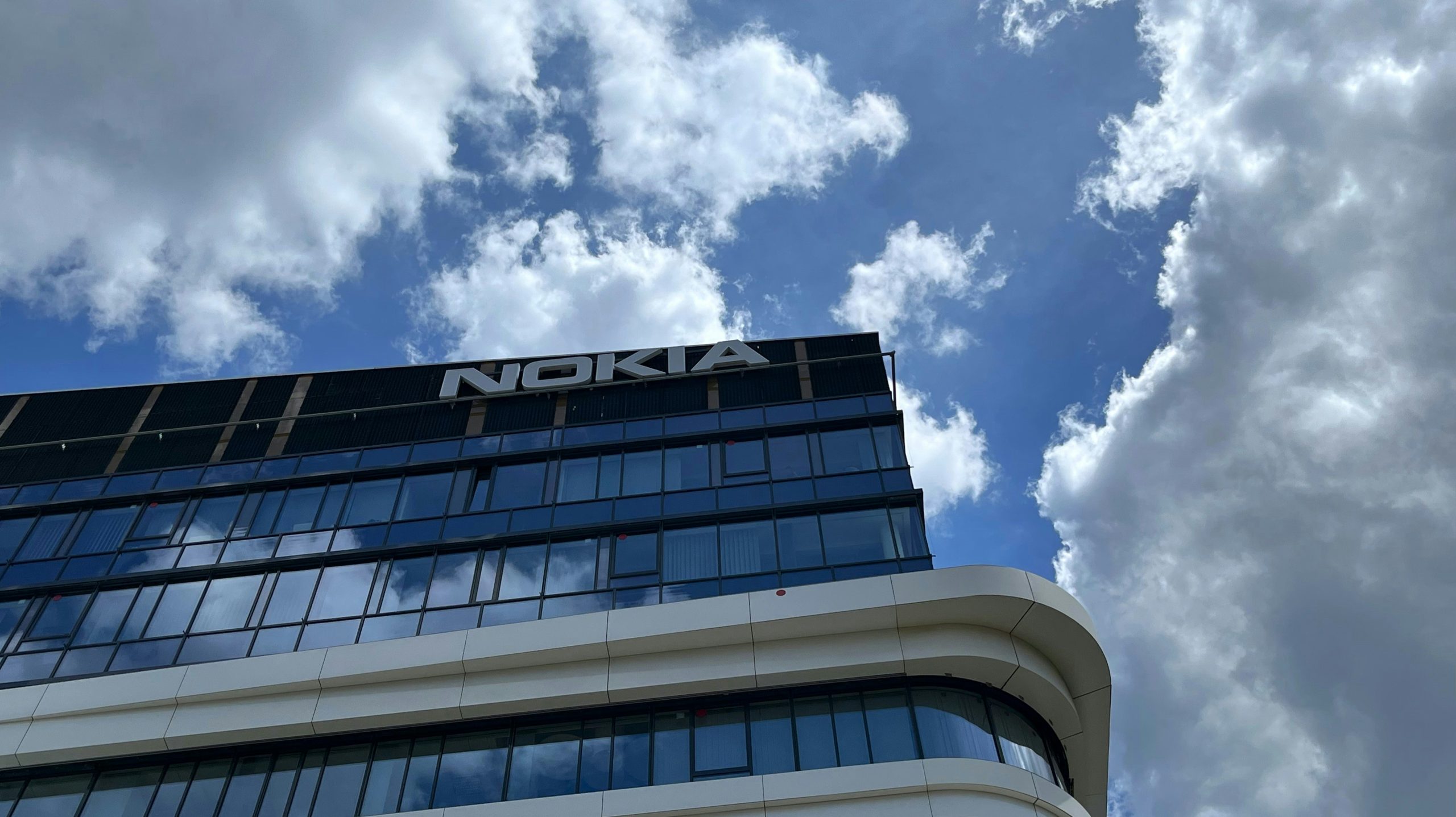
How Nokia Got Its Start
People are often surprised to hear this, but Nokia didn’t begin as a phone company. It was founded all the way back in 1865 in Finland. At that time, it was a paper mill. Can you believe that? A paper company that ended up becoming a tech giant. That’s one heck of a transformation.
The name “Nokia” actually comes from a river in Finland called Nokianvirta, near where the original factory was built. Over time, Nokia expanded into different areas. It made rubber products like boots and tires, then moved into electrical cables and finally into electronics.
By the time the 1980s rolled around, Nokia saw the potential in telecommunications. And that’s where the story of the Nokia phones we all remember really begins.
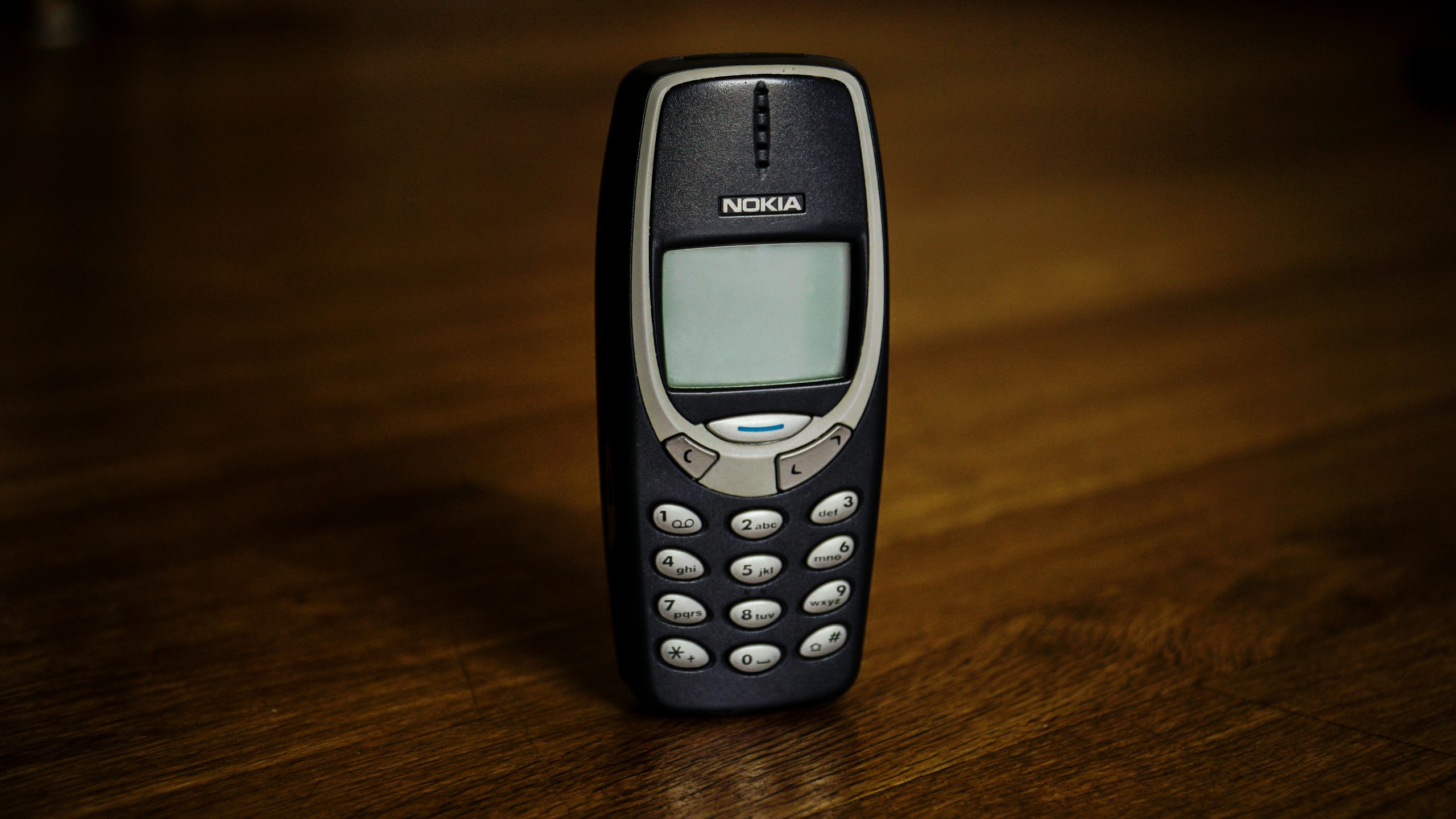
Nokia’s Rise to the Top
During the 1990s and early 2000s, Nokia didn’t just compete in the mobile phone market. It owned it. For years, Nokia was the number one mobile phone manufacturer in the world. At its peak, Nokia controlled over 40 percent of the global mobile phone market. That’s an insane figure when you think about how competitive the market is today.
But why was Nokia so successful?
One big reason was that Nokia phones were reliable and user-friendly. You didn’t need to be tech-savvy to use one. The menu system was simple and easy to understand. The design of the phones was also practical. The famous Nokia 3310, launched in 2000, became a legend. People still talk about how tough that phone was.
I remember I once accidentally dropped my 3310 on a staircase, and it bounced down at least eight steps. I was sure it was broken. But nope. I picked it up, and it still worked perfectly — not even a scratch on the screen.
And let’s not forget the game Snake. It was basic by today’s standards, but back then, it was the perfect way to kill time. People tried to beat each other’s scores and passed phones around to show how far they’d gotten.
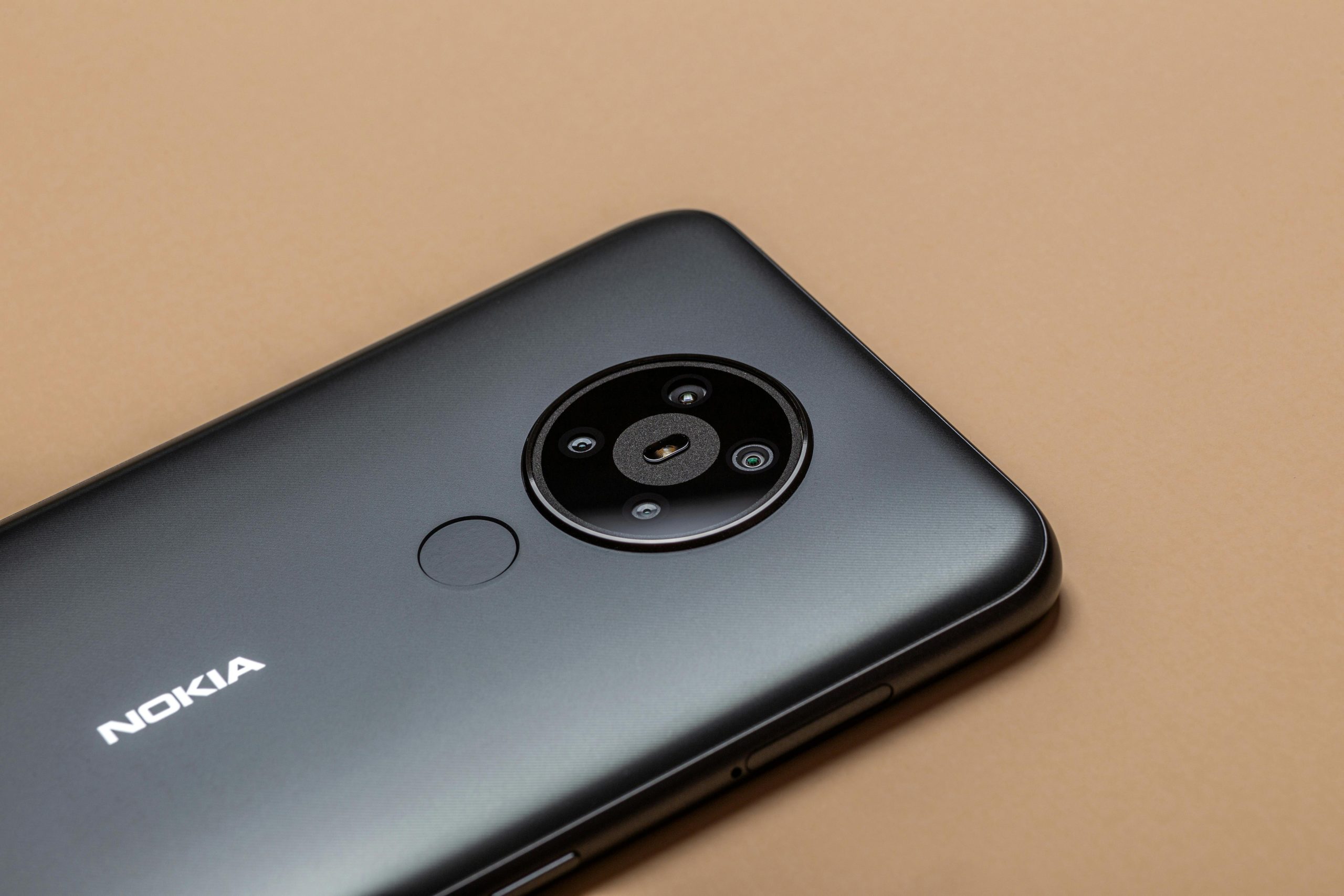
When the World Changed
Everything started to shift in 2007. That year, Apple released the first iPhone, and the smartphone era truly began. These phones were nothing like the ones we were used to. They had big touchscreens, internet browsers, and most importantly, apps.
Nokia, unfortunately, didn’t respond fast enough. They kept using their own software called Symbian, which had started to feel outdated. It didn’t support apps the way Apple’s iOS or Google’s Android did. Developers didn’t want to build for it, and users began to switch.
In 2011, Nokia made a big move and partnered with Microsoft. They started making phones using Windows Phone software. The phones were stylish, and the software looked clean, but the problem was that it didn’t have enough apps. Everyone was on iOS and Android, and Windows Phone just couldn’t catch up.
By 2013, things got worse. Microsoft ended up buying Nokia’s mobile phone division. But even then, the brand slowly disappeared from the smartphone conversation.
The Comeback That Surprised Everyone
Just when most people had given up on Nokia ever returning, something interesting happened. In 2016, a Finnish startup called HMD Global — run by some ex-Nokia employees — bought the rights to use the Nokia name for phones. They made a promise to bring the brand back.
This time, the strategy was different. The new Nokia phones were powered by Android, and the goal wasn’t to compete directly with the top-end phones. Instead, they focused on making simple, clean, affordable smartphones that reminded people of what they loved about Nokia in the first place — reliability, trust, and clean design.
They even relaunched the Nokia 3310 in 2017, which was a genius move. It didn’t have all the modern features, but it brought back memories. It was like holding a piece of the past, updated for today’s world.
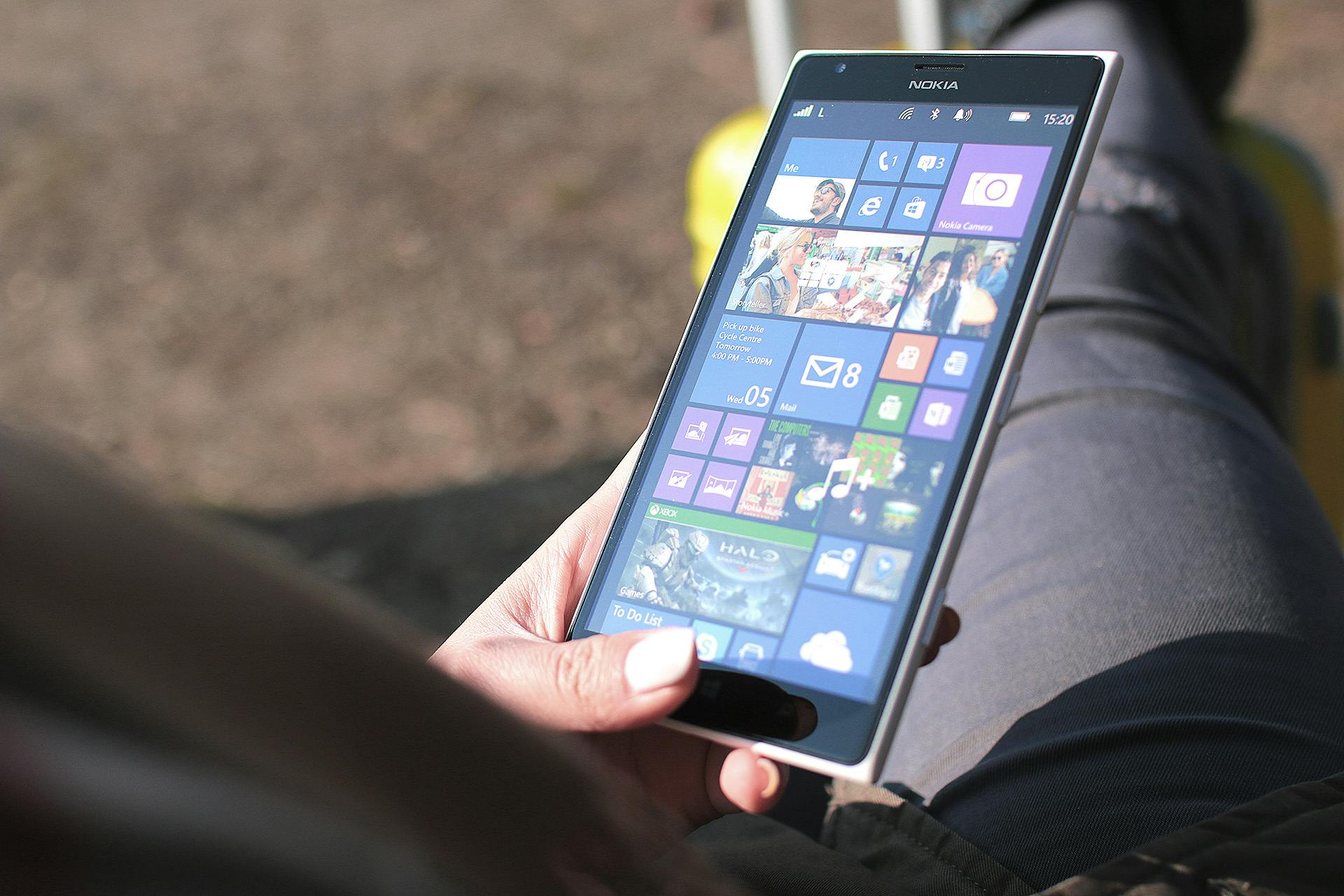
Nokia’s Bigger Role Today
While the phones were making a quiet comeback, the original Nokia company was working on something even bigger. They shifted their focus to becoming one of the leaders in network infrastructure. This includes mobile networks, broadband, cloud technology, and even 5G.
So even if you’re not using a Nokia phone today, there’s a good chance that your phone or internet provider is using Nokia’s technology to keep you connected. That’s something not a lot of people know — but it shows that Nokia never really went away. It just changed direction.
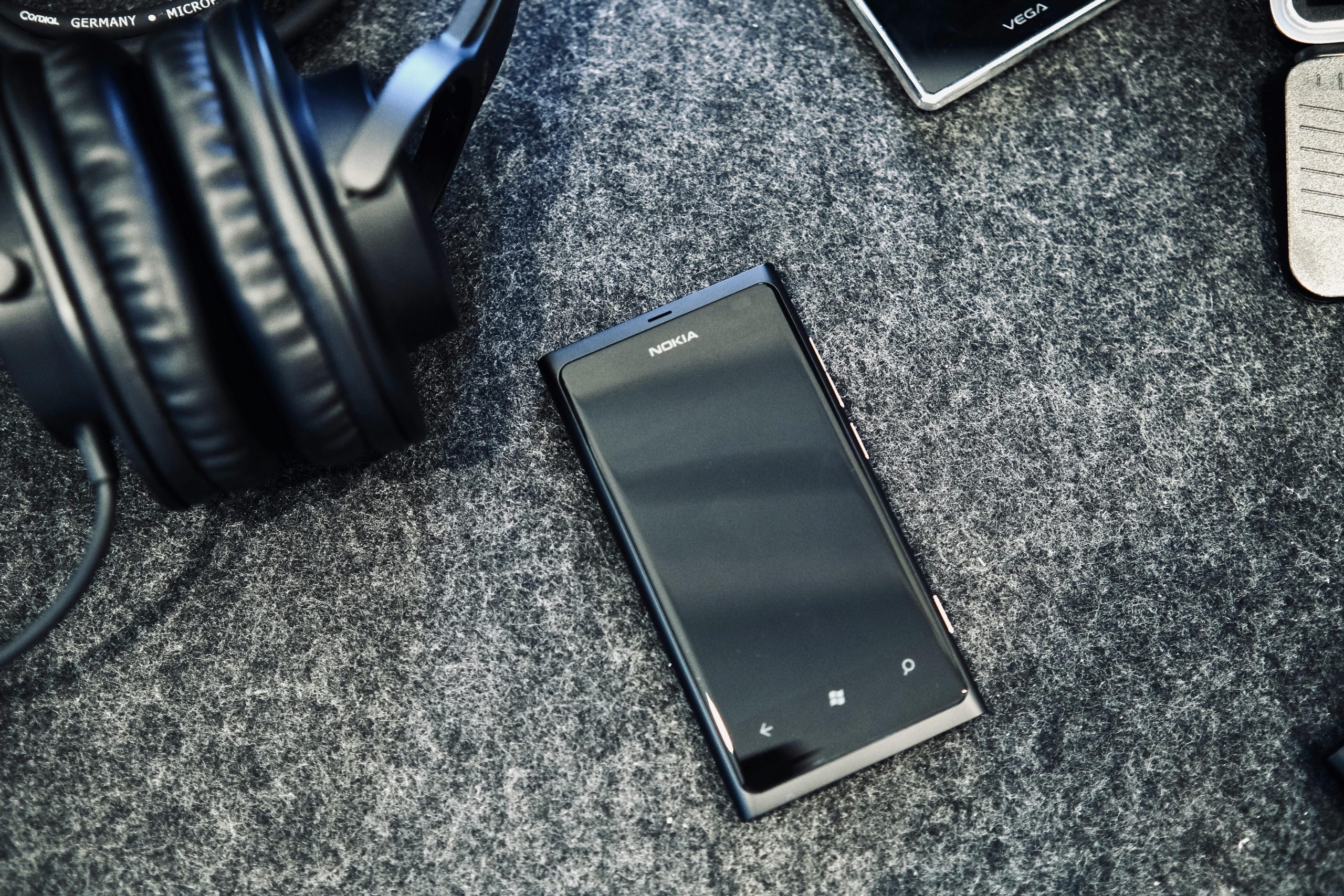
What Nokia’s Story Teaches Us
Nokia’s journey is full of ups and downs, but there’s a lot to learn from it.
First, it shows how quickly technology changes. Even the biggest companies can fall if they don’t keep up. Nokia didn’t react fast enough to the smartphone revolution, and it lost its place.
But more importantly, it also shows the power of resilience. Nokia didn’t quit. It adapted, changed its focus, and found a way to stay relevant — both through its phones and its telecom business.
It also proves that people value trust and simplicity. Nokia’s phones were never the fanciest, but people knew they worked. That kind of trust is hard to build and even harder to keep.
My Personal Take on Nokia
I’ve been lucky enough to visit Nokia’s headquarters in Espoo, Finland. Seeing the place where everything started, talking to the people who were part of its journey — it made me respect the brand even more. Nokia is not just about phones or technology. It’s about connecting people, just like their old slogan said.
Walking through those offices, you don’t feel like you’re in a company that gave up. You feel like you’re among people who believe in the future — people who are working to bring the world closer, one network at a time.
Final Thoughts
Nokia Company’s story isn’t just about success or failure. It’s about evolution. From a paper mill to the world’s biggest phone brand, and now to a global telecom tech leader — Nokia has done it all.
In a world that’s moving fast, Nokia remains a symbol of reliability. And for me, that will always matter.



